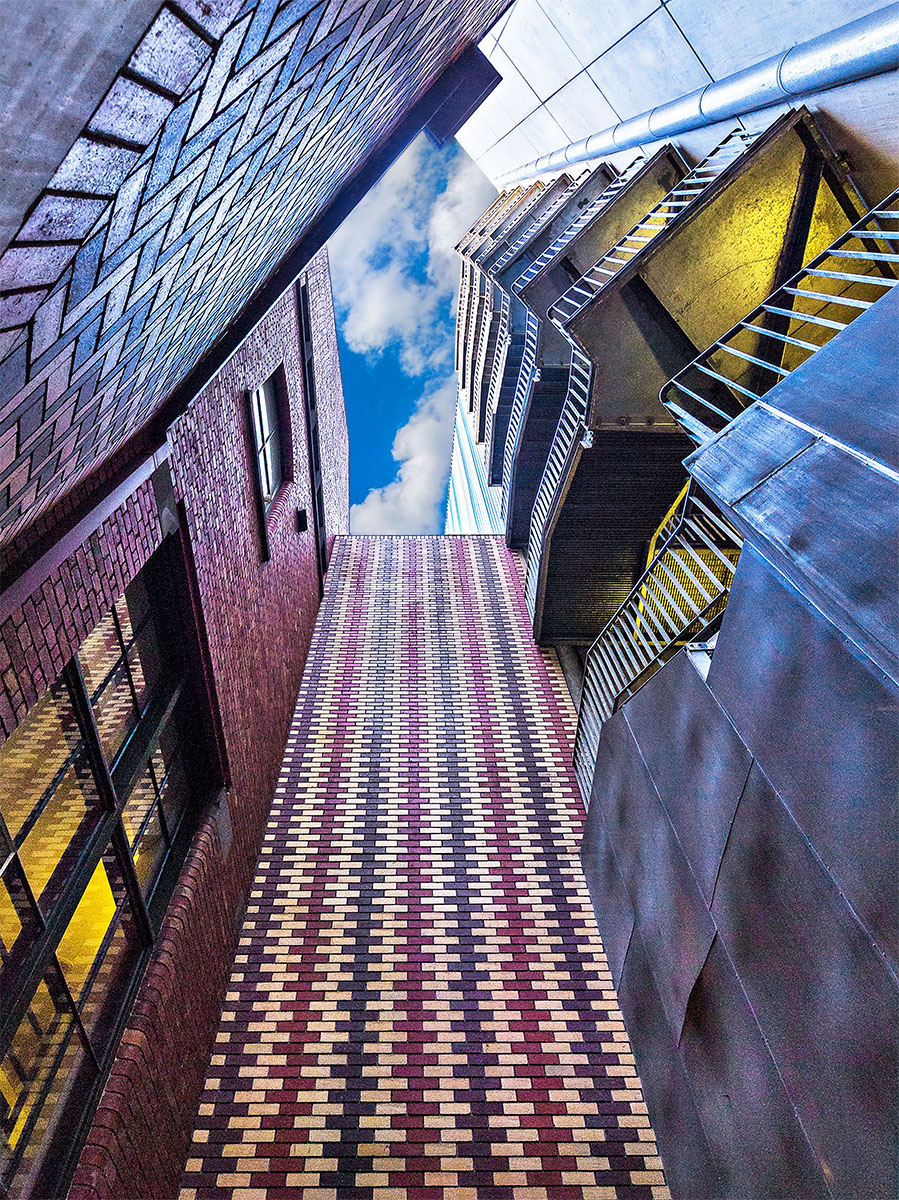Birds in the wild are very hard to get close enough to in order to get a frame-filling shot. Small birds in particular are very skittish and will tend retreat from any close approach. My usual method when I see a likely specimen is to advance slowly with the camera raised and avoid any sudden movement. Even so, I can rarely get within 10 meters, and they won't return to the same spot as long as I'm there. I've tried to sit and wait quietly in the hope they’ll get used to the idea of me being there, but I either haven't sat long enough or perhaps I need to devise a camouflage suit and work on my patience.
I was therefore quite surprised when this male Superb Fairywren (one of my favourite birds to photograph) allowed me to approach as close as I've ever been to one. He was foraging on the ground and would move away from me, but didn't fly off, staying about three to four meters ahead of me. He finally popped into a bush where he posed for a minute or so before finally flying off about his business. He's not the finest specimen I've seen, with his vibrant blue breeding plumage far from its best. I suspect he's a juvenile, which may account for his relative lack of caution, which I'm sure will develop as he matures. Curiously (or perhaps not...) the far less showy females are braver than their mates and have allowed me more close approaches than the males.
I shot all these with my 50-200mm SWD zoom with the 1.4x tele-converter attached. I think it's the first time I've take photos of a superb without the zoom cranked out to its maximum length.











































